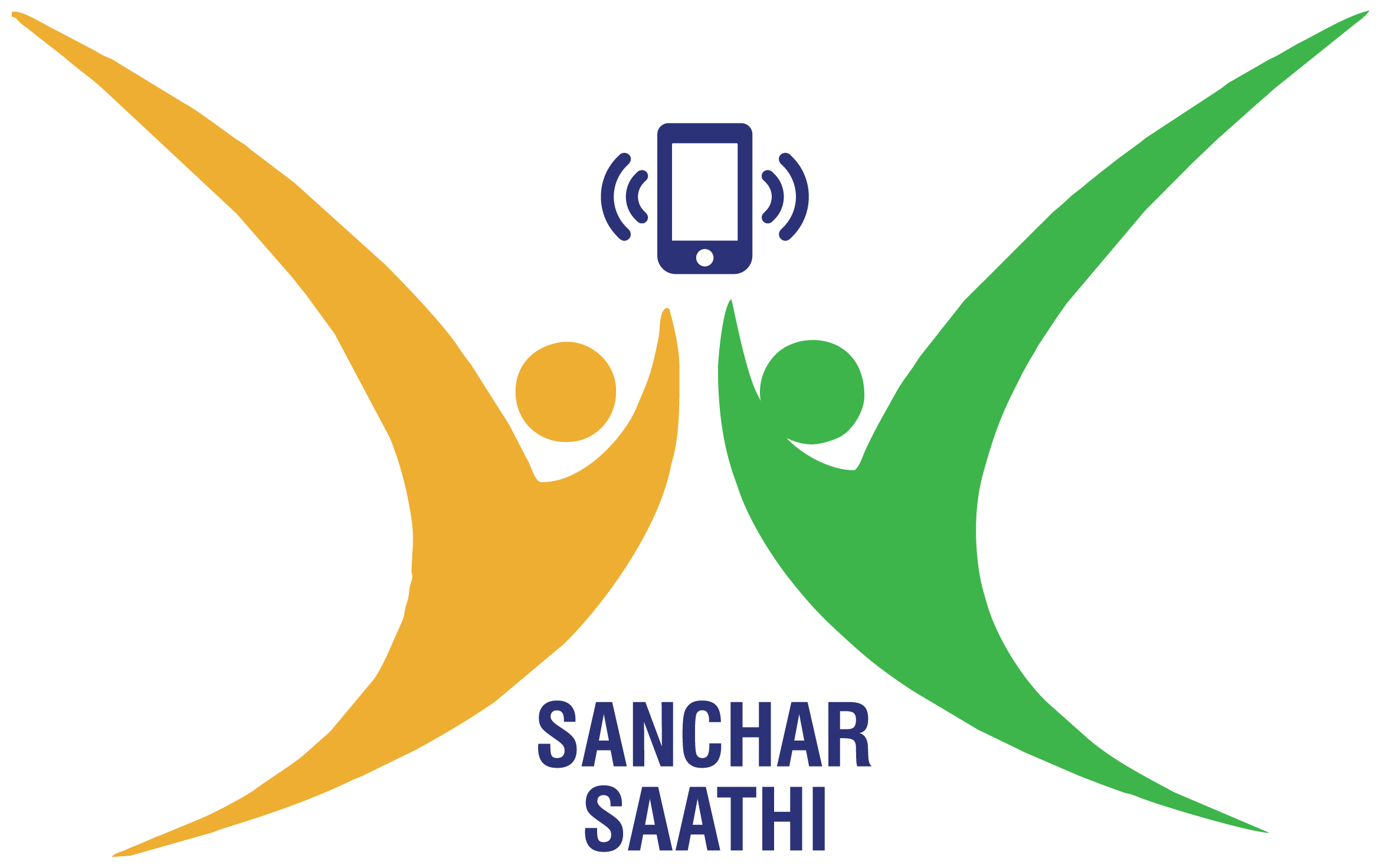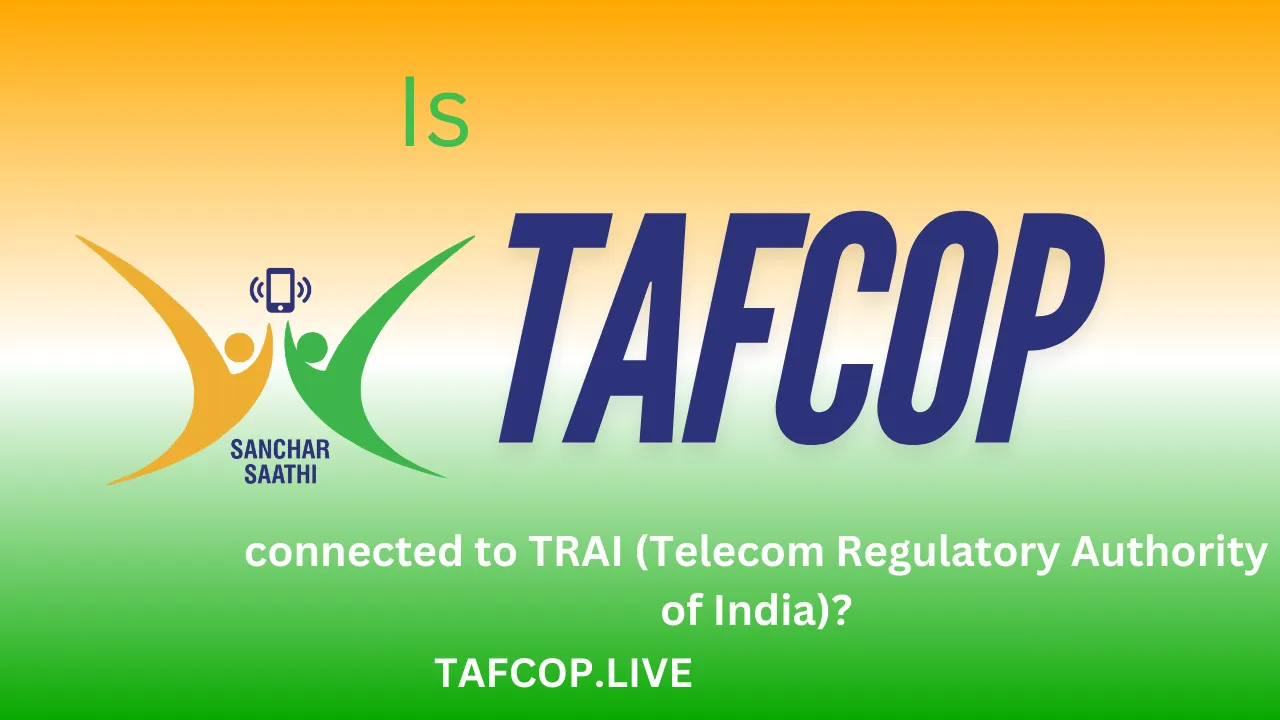Picture this: you hear about a tool that helps you keep track of mobile numbers linked to your ID, and you wonder, “Who’s behind this? Is it TRAI?” The link between TAFCOP and TRAI can seem a bit confusing at first glance, but let’s unravel this connection step by step.
Is TAFCOP connected to TRAI (Telecom Regulatory Authority of India)?
No, TAFCOP is not directly connected to TRAI. It is a platform operated under the Department of Telecommunications (DoT) to manage and prevent telecom frauds.
What is the role of TRAI in telecom regulation?
The Telecom Regulatory Authority of India (TRAI) plays a crucial role in India’s telecom sector. Established in 1997, it ensures the orderly growth of the telecom industry by:
- Regulating Service Providers: TRAI oversees telecom operators to maintain fair practices and service quality.
- Protecting Consumer Interests: It enforces rules to prevent exploitation and ensures customer satisfaction.
- Policy Recommendations: TRAI advises the government on new regulations and technological advancements.
Example:
TRAI’s introduction of the DND (Do Not Disturb) service has helped millions of users avoid pesky spam calls and messages.
How does TAFCOP differ from TRAI?
While both entities work towards a secure telecom ecosystem, their roles differ significantly:
| Aspect | TRAI | TAFCOP |
|---|---|---|
| Governance | Independent regulatory body | Operated under the Department of Telecom |
| Primary Function | Regulates telecom industry policies | Manages and mitigates telecom fraud |
| Consumer Tools | Policies like DND, tariff transparency | Platform to report unauthorized mobile IDs |
Key Insight: While TRAI sets the rules, TAFCOP focuses on implementing consumer-focused fraud prevention measures.
Why isn’t TAFCOP under TRAI?
The reason lies in their foundational mandates:
- TRAI’s Mission: It ensures a balanced telecom market and consumer fairness.
- DoT’s Authority: The DoT handles the operational side of telecom security, including KYC compliance and fraud prevention. TAFCOP, being a fraud management tool, naturally falls under DoT.
Example:
Think of TRAI as a referee who creates the rulebook and ensures fair play, while DoT, through TAFCOP, acts as the enforcer of those rules, tackling violations on the ground.
How does TAFCOP support DoT’s objectives?
TAFCOP aligns closely with DoT’s mission to curb unauthorized telecom activities. It supports:
- Enhanced Security: By letting users report unauthorized numbers, it minimizes identity theft risks.
- Compliance Monitoring: It helps enforce DoT’s strict KYC norms, ensuring telecom operators stay vigilant.
- Transparency: Consumers gain clarity on numbers linked to their IDs, promoting trust.
Real-World Scenario:
A Chennai resident used TAFCOP to flag three unknown numbers linked to his Aadhaar. The DoT acted swiftly, disconnecting the unauthorized connections and alerting the telecom operator.
“Security doesn’t happen by chance; it’s built through accountability and vigilance.”
Can TRAI and TAFCOP collaborate in the future?
Though their current roles are distinct, there is potential for synergy:
- Data Sharing: TRAI could use insights from TAFCOP to identify broader patterns of fraud.
- Unified Platforms: A combined effort might streamline consumer grievance redressal.
- Awareness Campaigns: Both entities can jointly educate users about telecom security.
Example:
A joint TRAI-TAFCOP initiative could simplify processes like filing complaints or seeking telecom policy clarifications.
Conclusion
While TAFCOP isn’t connected to TRAI, it complements TRAI’s efforts by focusing on fraud prevention under DoT’s guidance. Together, these organizations form a robust framework that ensures security and fairness in India’s telecom sector. As a consumer, staying informed and proactive with tools like TAFCOP ensures your digital identity remains protected. Take charge today—because your safety is in your hands!

